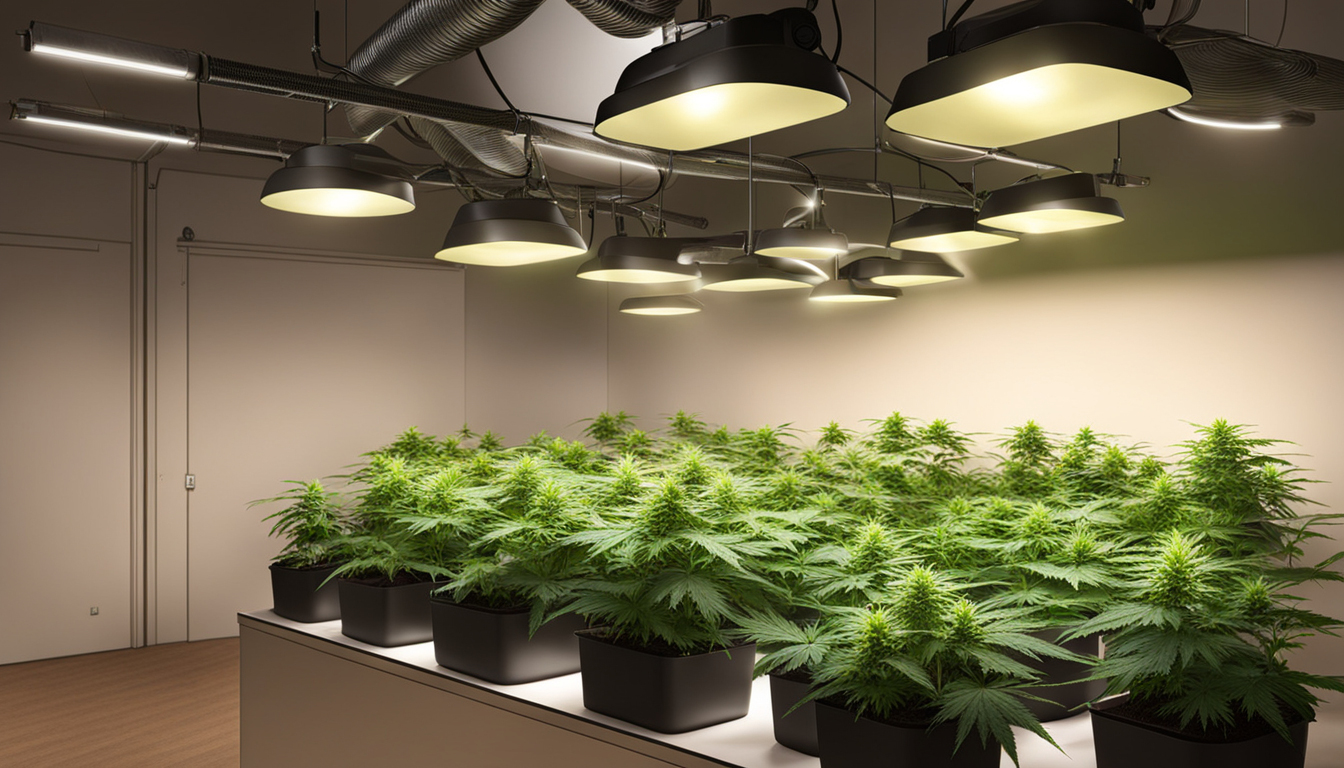
Whether you're just starting out with pot cultivation or looking to improve your existing crop, following this complete guide will help you produce bountiful, high-quality yields right at home. With the right supplies, techniques, and care, growing marijuana indoors can be an extremely productive and cost-effective endeavor.
Choosing Cannabis Strains
The first step in planning your indoor crop is selecting the right marijuana cultivars to produce. The three main types of cannabis plants each have their own characteristics.
Sativas
Known for their invigorating intellectual effects, these strains spread tall and slender with narrow leaves. They thrive in hotter tropical climates and have a longer blooming time between 2.5-3 months indoors. Top energizing varieties include Sour Diesel, Durban Poison, and Jack Herer.
Indicas
Indicas provide relaxing full-body effects and grow short and bushy with broad leaves. Adapted to cooler mountain climates, they flower faster within 8-9 weeks. Popular indica strains include Granddaddy Purple, Northern Lights, and Bubba Kush.
Hybrids
Hybrid strains blend traits from both sativas and indicas. They offer combined effects and have moderate flowering periods around 9-10 weeks. Well-known mixes are OG Kush, Girl Scout Cookies, and Blue Dream.
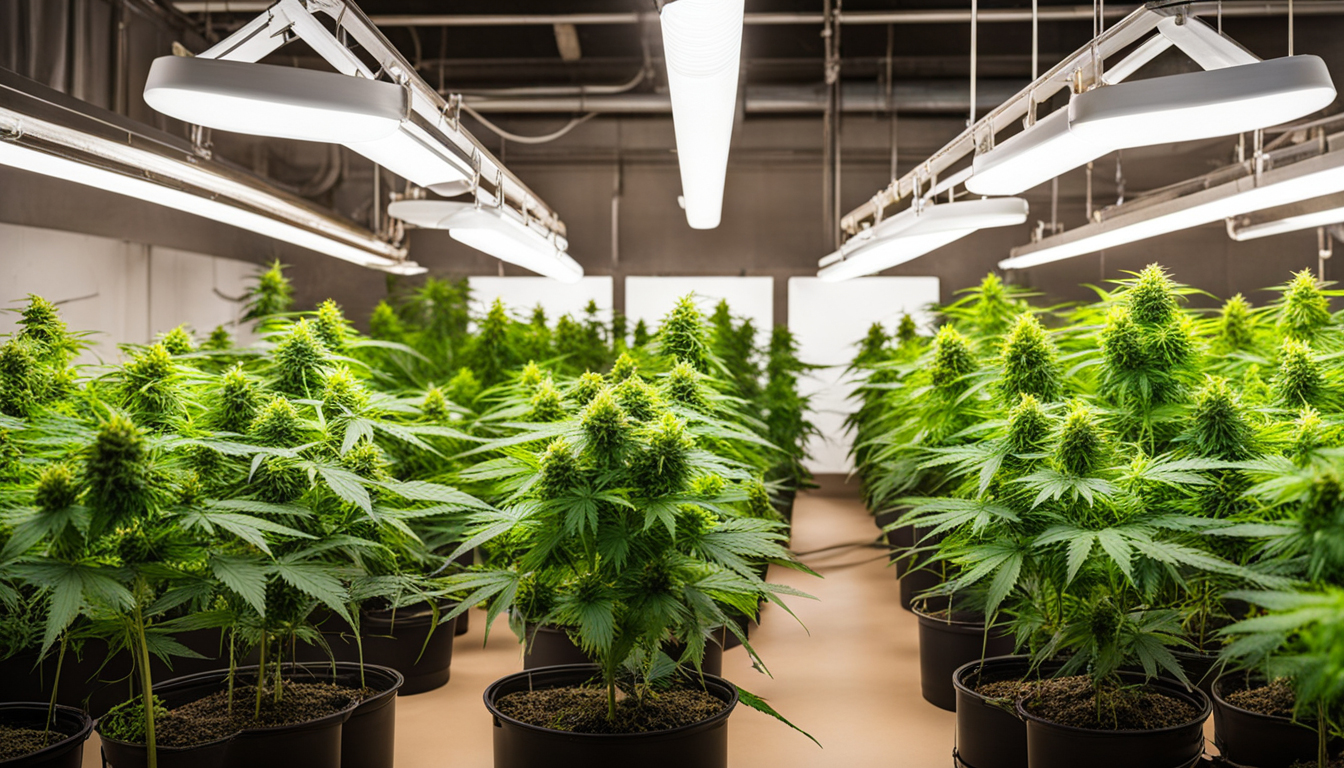
Setting Up Your Grow Space
Pot plants need the right controlled environment to succeed. Key factors for indoor farms are lighting, ventilation, layout, and finding the ideal discreet area.
Location
Choose an available space with quick access to water and electrical outlets. An empty extra bedroom, unused closet, corner of the basement, or grow tent locked away in a garage all make great stealthy cultivation room spots.
Lighting
Weed requires intense light for all vegetative stages. LED grow lights are energy-efficient and come in broad spectrum options simulating natural outdoor light. Provide 15-25 watts per square foot for the growth stage and 20-40 watts per square foot for bloom.
Ventilation
Proper airflow and exhaust systems keep ideal temperature, humidity, and fresh CO2 levels. Set up silent 4-6 inch blowers or carbon filters to circulate stale air and eliminate smells.
Layout
Maximize your space by positioning plants carefully under the lights and allowing room to reach and work around them. Set up separate zones for growth, flowering, drying, and propagation.
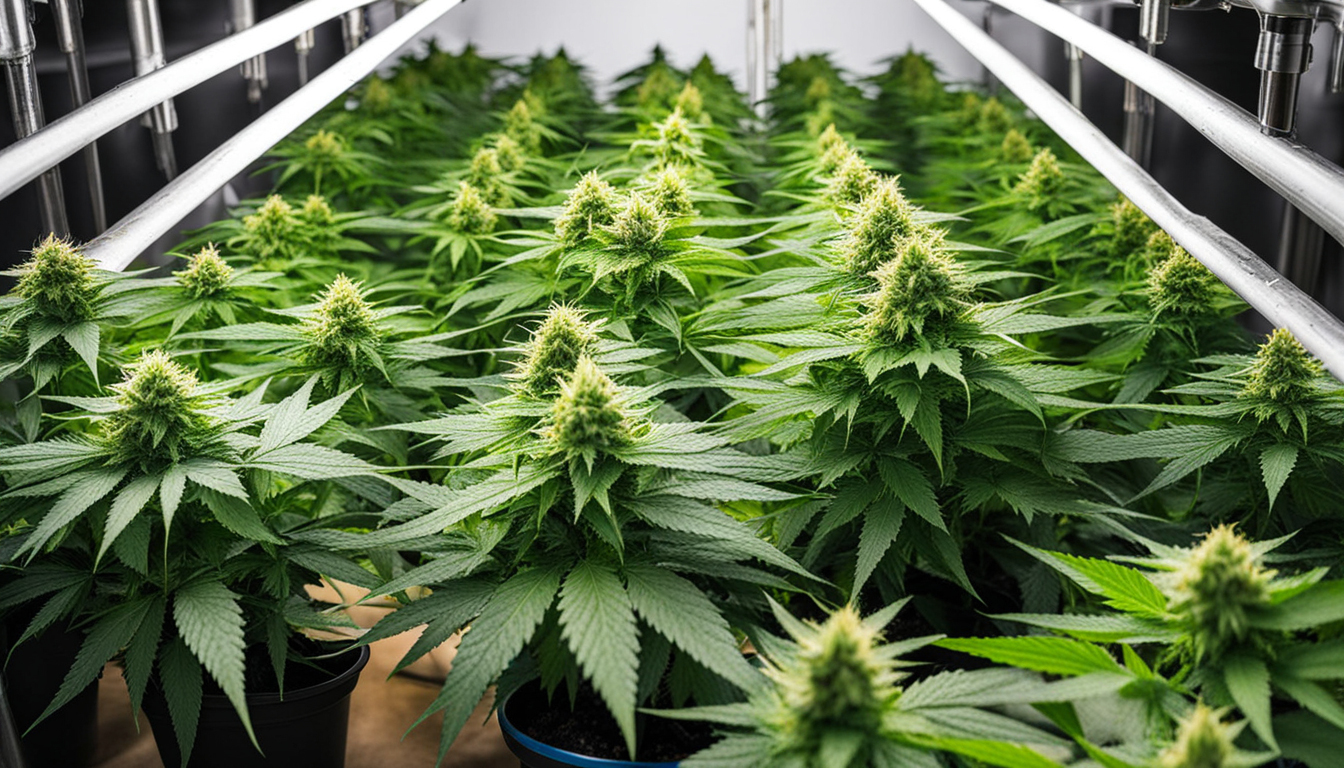
Cultivation Mediums
Pot can be grown in various mediums, each with benefits and cons. Pick a suitable option for your specific setup and cultivation style.
Soil
The classic substrate, soil is affordable and simple for new growers. It provides great taste but requires more irrigation and nutrients to nourish plants. Enrich soil with perlite or coco to enhance drainage.
Coconut coir
Made from coir, reusable coconut fiber retains water but still allows air to the roots. It's more sterile and more predictable than soil. Use coir-specific fertilizers to avoid accumulation.
Water systems
In hydro systems, plant roots develop right in nutrient irrigation solution. This enables rapid development but needs careful monitoring of solution properties. Deep water culture and irrigation systems are popular techniques.
Germinating Seeds
Sprouting activates your weed seeds to start sprouting taproots. This readies them for transplanting into their growing medium.
Paper Towel Method
Put seeds between wet paper towels and keep them damp. Check after 2-7 days for growing radicles indicating sprouting is complete.
Planting directly
Plant seeds directly into wetted cultivation medium 1⁄4 inch deep. Gently water and wait 1-2 weeks until seedlings break through the surface.
Rockwool Cubes
Soak cubic rockwool starters in pH-adjusted water. Insert seeds 6mm deep into the cubes. Keep cubes wet until seedlings emerge within a week to 2 weeks.
Repotting Seedlings
Once Click Here sprouted, marijuana young plants need to be transplanted to avoid crowding. Move them into proper sized containers.
Preparing Containers
Fill large containers with growing medium amended with slow-release nutrients. Let pots to soak up water overnight before repotting.
Gently repotting
Carefully separate seedling roots from sprouting medium using a spade. Put into prepared container at same depth as before and gently water in.
Growth Stage
The growth Discover More stage encourages leafy growth and plant structure through 18-24 hours of daily lighting intensity. This stage usually lasts 4-8 weeks.
Providing 3/4 to full day of Lighting
Use lamps on a 24 daily cycle or natural sunlight to trigger constant growth. Lamp output influences height and internodal spacing.
Fertilizing
Use vegetative stage nutrients richer in N. Make sure pH remains around 5.8-6.3 for full fertilizer uptake. Fertilize 1⁄4 to 1⁄2 strength after 2 weeks and increase gradually.
LST and topping
Fimming, LST, and trellising direct growth patterns for even canopies. This increases yields.
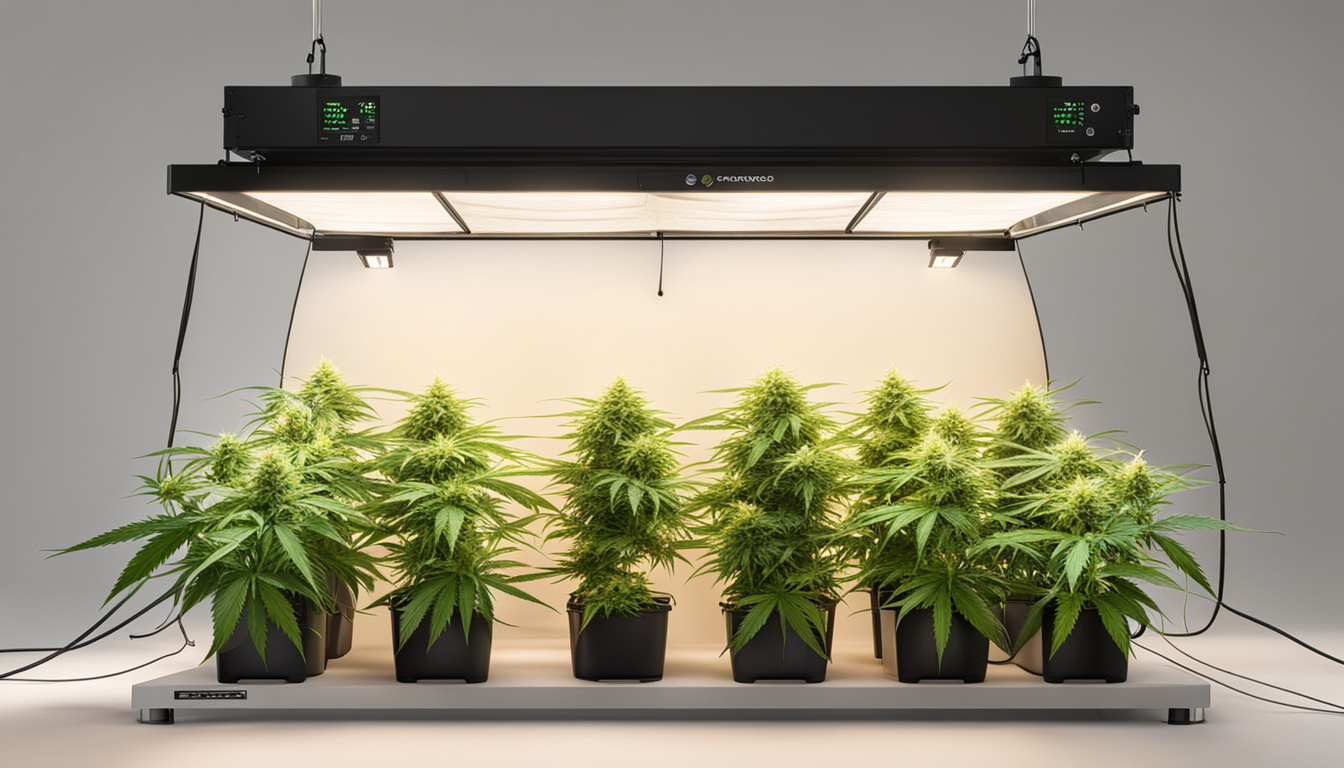
Bloom Stage
The blooming stage develops buds as plants show their sex under a 12/12 cycle timing. It lasts 2-3 months depending on strain.
Changing Light Schedule
Change grow lights to 12/12 or place outside for natural 12/12 timing. This triggers plants to begin flowering.
Stop Fertilizing
Flushing flushes out fertilizer residuals to improve taste. Feed lightly the first weeks then just use plain water the last 2 weeks.
Flushing
Maintain 12 hour photoperiod but flush using pH-balanced water only. Return to clean watering if buds aren't ripe after two weeks.
Reaping
Recognizing when marijuana is fully ripe ensures peak potency and aroma. Harvest plants at peak ripeness.
Identifying Ripeness
Look for fading pistils, swelling calyxes, and 5-15% amber trichomes. Check buds around the plant as they don't all ripen evenly.
Harvesting plants
Use sterilized, razor-sharp pruning shears to gently slice each plant at the base. Leave 5-10cm of stalk attached.
Drying
Suspend intact plants or branches upside down in a lightless room with moderate temp and humidity around 45-65% for 7-14 days.
Curing
Aging continues drying while improving the buds like fine wine. This process mellows harshness and intensifies terpene and terpene profiles.
Curing containers
Trim dried buds from branches and place into sealed containers, filling about 3⁄4 full. Use a sensor to measure container moisture.
Burping Daily
Open containers for a short time daily to gradually lower humidity. Rehydrate buds if humidity goes under 55%.
Final Cure
After 2-3 weeks when Discover More moisture stabilizes around 55-60%, perform a final manicure and store forever in sealed jars.
Troubleshooting
Even experienced growers run into different cannabis plant problems. Detect issues soon and address them properly to keep a strong garden.
Nutrient Deficiencies
Chlorosis often indicate inadequate nitrogen. Purpling stems and leaves signal phosphorus deficiency. Test pH and increase fertilizers gradually.
Bugs
Spider mites, fungus gnats, mites, and root aphids are frequent cannabis pests. Use organic sprays, ladybugs, and yellow traps for natural control.
Powdery mildew
High moisture promotes powdery mildew and root rot. Improve circulation and circulation while reducing humidity under 50% during flowering.
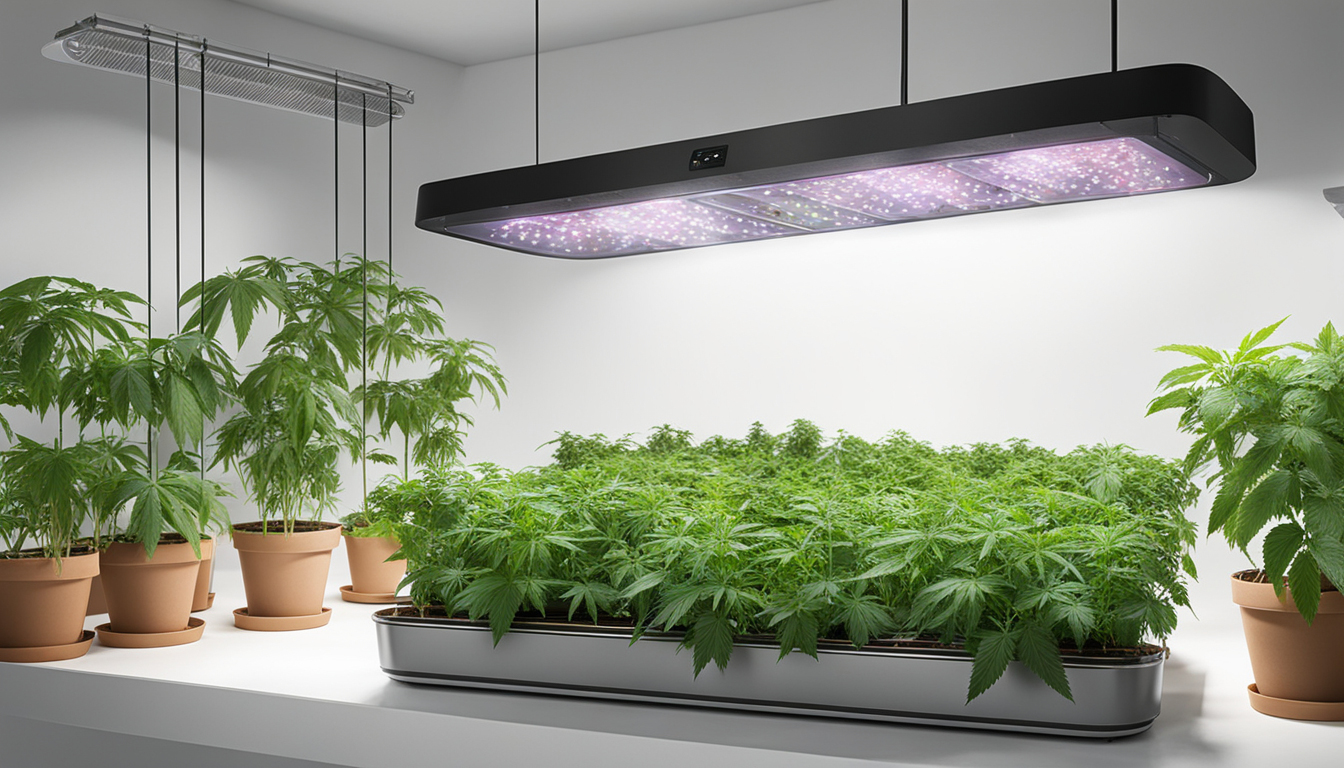
Conclusion
With this complete indoor marijuana growing guide, you now have the knowledge to grow bountiful strong buds for personal harvests. Apply these techniques and methods throughout the seed starting, growth, and bloom stages. Spend in quality equipment and closely check on your plants. In time, you'll be rewarded with frosty aromatic buds you raised yourself under the patient guidance of your green thumbs. Happy growing